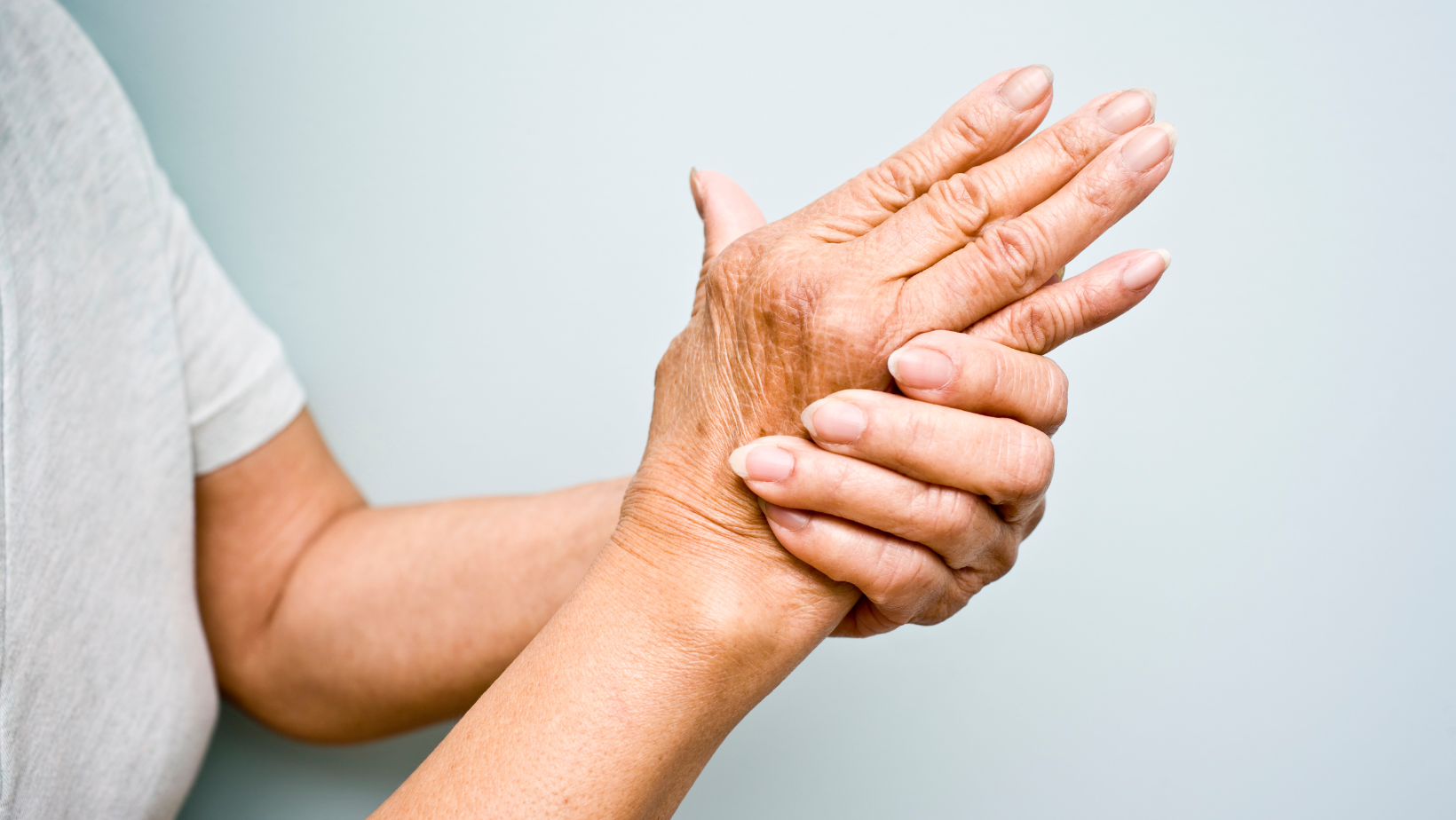Arthritis is a widespread condition that affects millions of people worldwide. This comprehensive guide will provide an in-depth understanding of arthritis, including its various types, common symptoms, risk factors, natural pain management strategies, dietary considerations, and safe exercises for maintaining joint health. Whether you’re living with arthritis or seeking information to support a loved one, this article has you covered.
Understanding Arthritis: Types, Symptoms, and Risk Factors
Arthritis comes in various forms, but the two most common types are osteoarthritis and rheumatoid arthritis. Osteoarthritis typically develops due to the wear and tear of joints over time, leading to symptoms like pain, stiffness, and reduced mobility. On the other hand, rheumatoid arthritis is an autoimmune disease that can affect multiple joints, causing inflammation, joint deformities, and systemic symptoms.
Common symptoms of arthritis may include joint pain, swelling, stiffness, and reduced range of motion. These symptoms can vary in intensity and frequency depending on the type and severity of arthritis.
Several risk factors are associated with arthritis. These include genetics, age, gender (as some types of arthritis are more common in women), obesity, joint injuries, and environmental factors. Understanding these risk factors can help individuals take proactive steps to reduce their risk of developing arthritis.
Managing Arthritis Pain Naturally: Tips and Remedies
Managing arthritis pain naturally is a priority for many individuals. While medical treatments are available, natural remedies can be effective in alleviating discomfort and improving quality of life. Some strategies for natural pain management include:
- Heat and Cold Therapy: Applying heat or cold to affected joints can provide relief from pain and reduce inflammation.
- Physical Activity: Regular low-impact exercise can help strengthen muscles around joints and improve flexibility. We’ll explore safe exercises in more detail later.
- Weight Management: Maintaining a healthy weight can significantly reduce stress on weight-bearing joints, such as the knees and hips.
- Dietary Supplements: Some supplements, like glucosamine and chondroitin, have shown promise in easing arthritis symptoms. Always consult with a healthcare professional before adding supplements to your regimen.
- Mind-Body Techniques: Practices such as yoga and meditation can help manage pain and reduce stress, which can exacerbate arthritis symptoms.
The Role of Diet in Arthritis: Foods to Eat and Avoid
Diet plays a crucial role in managing arthritis. Certain foods can either reduce or exacerbate inflammation, affecting the severity of arthritis symptoms. In this section, we’ll delve into:
- Anti-Inflammatory Foods: Including foods like fatty fish, nuts, and berries in your diet can help reduce inflammation and joint pain.
- Foods to Avoid: Processed foods, high-sugar items, and excessive red meat consumption may contribute to inflammation and should be consumed in moderation or avoided.
- The Mediterranean Diet: We’ll explore the benefits of this diet, which emphasizes whole grains, lean proteins, and olive oil.
Exercising with Arthritis: Safe and Effective Workouts
Exercise is a cornerstone of arthritis management, helping to maintain joint flexibility and strength. Some safe and effective workouts include:
- Swimming: Water exercises are low-impact and provide resistance to help build strength.
- Yoga and Tai Chi: These practices improve flexibility and balance while being gentle on the joints.
- Walking: A simple, accessible activity that can be tailored to individual fitness levels.
- Strength Training: Light weights or resistance bands can help strengthen muscles around affected joints.
- Range-of-Motion Exercises: These gentle movements help maintain flexibility in the affected joints.
Conclusion: Understanding arthritis, its types, symptoms, and risk factors is essential for effective management. Natural pain management strategies, dietary choices, and safe exercises can significantly improve the quality of life for those living with arthritis. By incorporating these elements into your daily routine, you can better manage your condition and enjoy a more active, pain-free lifestyle. Always consult with a healthcare professional for personalized advice and treatment options tailored to your specific needs.



